GOVT’S PLAN ON REDUCING CARBON EMISSIONS
입력 2021.08.06 (15:20)
수정 2021.08.06 (16:45)
읽어주기 기능은 크롬기반의
브라우저에서만 사용하실 수 있습니다.
[Anchor Lead]
The government has announced plans on how to reduce carbon emissions by 2050. From the scenarios presented this time, a final plan will be determined in October after collecting opinions from various sectors. But a mountain of tasks lie ahead such as the feasibility of the proposed goals.
[Pkg]
The government laid out three possible scenarios on achieving carbon neutrality by 2050 with different levels of emissions being cut back. The most progressive option, scenario 3 is reaching zero net emission in 30 years. Under the first and second plans, greenhouse gas emissions will be allowed annually, at 25.4 million and 18.7 million tons respectively. These amounts are only 3 to 4 percent of current levels but are not technically going completely carbon neutral.
[Soundbite] Yun Sun-jin(Co-chair, Pres. committee on carbon neutrality) : "No. 1 & 2 are alternative solutions to attaining carbon neutrality. The EU and the UK also include residual emissions in their reduction plans."
The three plans are also different in terms of energy transition. In the first scenario, coal development will be partially maintained even after 30 years. This is because seven coal power plants are currently being constructed and it's difficult to force them out. Scenario number two completely rules out coal but allows the use of fossil fuels such as liquefied natural gas (LNG) The third scenario excludes any use of fossil fuel. The bulk of electricity generation will be replaced by renewable sources such as solar power. Such green energy accounts for less than 5% of power generation at the moment. This will be raised to as much as 70.8%. In all scenarios, industrial emissions including those from the steel and petrochemical sectors have the same reduction target of around 53 million tons by 2050. That's down by nearly 80% from 2018’s level.
[Soundbite] Gwon Woo-hyeon(Activist, Korea Federation for Environmental Movements) : "The 3 scenarios being basically the same means the government accepted demands from industries and failed to devise a different reduction plan."
In transport, internal combustion engine vehicles will be mostly converted to electric cars. This will enable some 88 to 97 percent reduction in carbon emissions compared to 2018. A 500-member civic council on carbon neutraily which launches Saturday will gather opinions on the three policy road maps before the government selects a finalized plan by the end of October.
The government has announced plans on how to reduce carbon emissions by 2050. From the scenarios presented this time, a final plan will be determined in October after collecting opinions from various sectors. But a mountain of tasks lie ahead such as the feasibility of the proposed goals.
[Pkg]
The government laid out three possible scenarios on achieving carbon neutrality by 2050 with different levels of emissions being cut back. The most progressive option, scenario 3 is reaching zero net emission in 30 years. Under the first and second plans, greenhouse gas emissions will be allowed annually, at 25.4 million and 18.7 million tons respectively. These amounts are only 3 to 4 percent of current levels but are not technically going completely carbon neutral.
[Soundbite] Yun Sun-jin(Co-chair, Pres. committee on carbon neutrality) : "No. 1 & 2 are alternative solutions to attaining carbon neutrality. The EU and the UK also include residual emissions in their reduction plans."
The three plans are also different in terms of energy transition. In the first scenario, coal development will be partially maintained even after 30 years. This is because seven coal power plants are currently being constructed and it's difficult to force them out. Scenario number two completely rules out coal but allows the use of fossil fuels such as liquefied natural gas (LNG) The third scenario excludes any use of fossil fuel. The bulk of electricity generation will be replaced by renewable sources such as solar power. Such green energy accounts for less than 5% of power generation at the moment. This will be raised to as much as 70.8%. In all scenarios, industrial emissions including those from the steel and petrochemical sectors have the same reduction target of around 53 million tons by 2050. That's down by nearly 80% from 2018’s level.
[Soundbite] Gwon Woo-hyeon(Activist, Korea Federation for Environmental Movements) : "The 3 scenarios being basically the same means the government accepted demands from industries and failed to devise a different reduction plan."
In transport, internal combustion engine vehicles will be mostly converted to electric cars. This will enable some 88 to 97 percent reduction in carbon emissions compared to 2018. A 500-member civic council on carbon neutraily which launches Saturday will gather opinions on the three policy road maps before the government selects a finalized plan by the end of October.
■ 제보하기
▷ 카카오톡 : 'KBS제보' 검색, 채널 추가
▷ 전화 : 02-781-1234, 4444
▷ 이메일 : kbs1234@kbs.co.kr
▷ 유튜브, 네이버, 카카오에서도 KBS뉴스를 구독해주세요!
- GOVT’S PLAN ON REDUCING CARBON EMISSIONS
-
- 입력 2021-08-06 15:20:49
- 수정2021-08-06 16:45:49
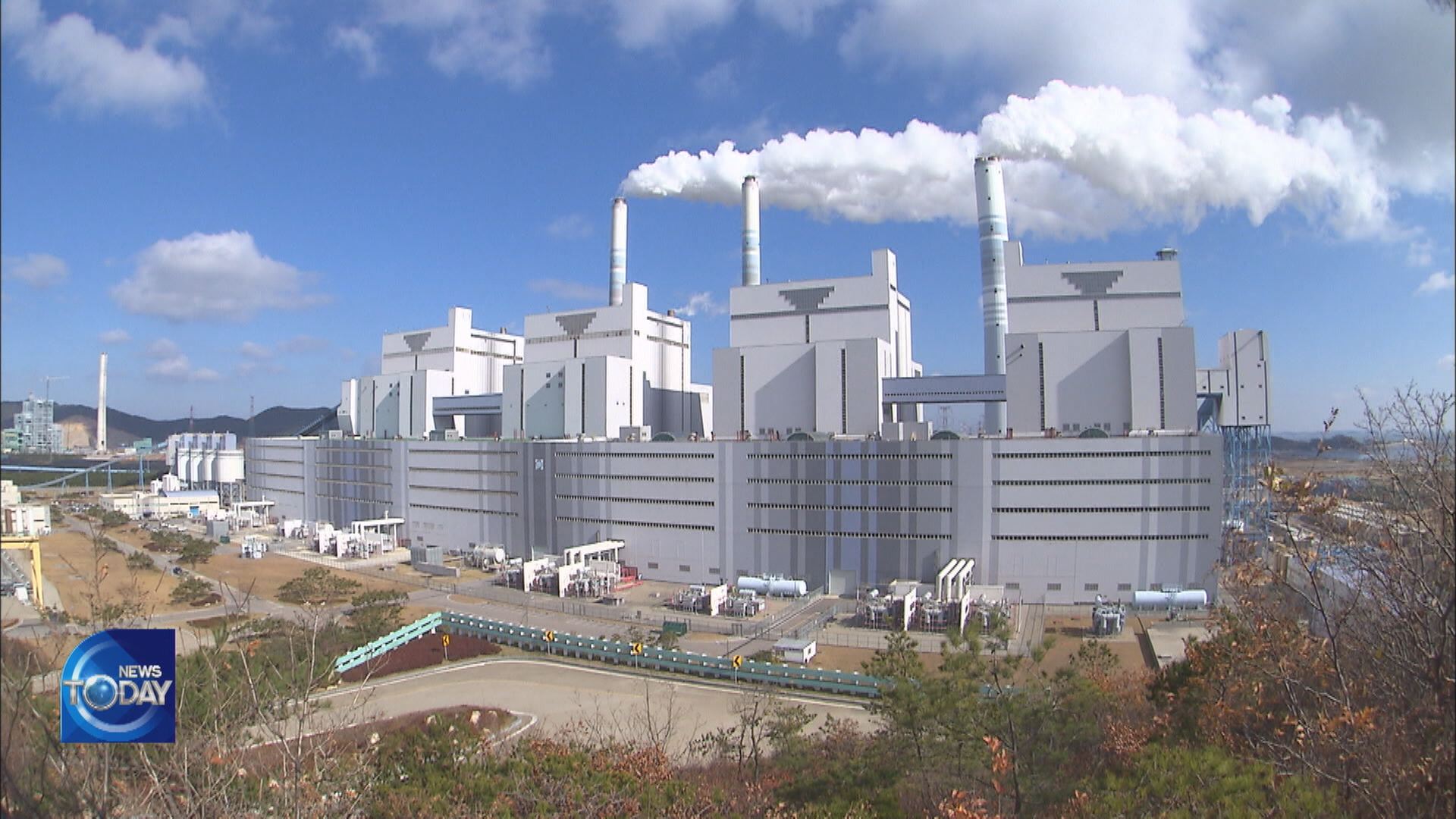
[Anchor Lead]
The government has announced plans on how to reduce carbon emissions by 2050. From the scenarios presented this time, a final plan will be determined in October after collecting opinions from various sectors. But a mountain of tasks lie ahead such as the feasibility of the proposed goals.
[Pkg]
The government laid out three possible scenarios on achieving carbon neutrality by 2050 with different levels of emissions being cut back. The most progressive option, scenario 3 is reaching zero net emission in 30 years. Under the first and second plans, greenhouse gas emissions will be allowed annually, at 25.4 million and 18.7 million tons respectively. These amounts are only 3 to 4 percent of current levels but are not technically going completely carbon neutral.
[Soundbite] Yun Sun-jin(Co-chair, Pres. committee on carbon neutrality) : "No. 1 & 2 are alternative solutions to attaining carbon neutrality. The EU and the UK also include residual emissions in their reduction plans."
The three plans are also different in terms of energy transition. In the first scenario, coal development will be partially maintained even after 30 years. This is because seven coal power plants are currently being constructed and it's difficult to force them out. Scenario number two completely rules out coal but allows the use of fossil fuels such as liquefied natural gas (LNG) The third scenario excludes any use of fossil fuel. The bulk of electricity generation will be replaced by renewable sources such as solar power. Such green energy accounts for less than 5% of power generation at the moment. This will be raised to as much as 70.8%. In all scenarios, industrial emissions including those from the steel and petrochemical sectors have the same reduction target of around 53 million tons by 2050. That's down by nearly 80% from 2018’s level.
[Soundbite] Gwon Woo-hyeon(Activist, Korea Federation for Environmental Movements) : "The 3 scenarios being basically the same means the government accepted demands from industries and failed to devise a different reduction plan."
In transport, internal combustion engine vehicles will be mostly converted to electric cars. This will enable some 88 to 97 percent reduction in carbon emissions compared to 2018. A 500-member civic council on carbon neutraily which launches Saturday will gather opinions on the three policy road maps before the government selects a finalized plan by the end of October.
The government has announced plans on how to reduce carbon emissions by 2050. From the scenarios presented this time, a final plan will be determined in October after collecting opinions from various sectors. But a mountain of tasks lie ahead such as the feasibility of the proposed goals.
[Pkg]
The government laid out three possible scenarios on achieving carbon neutrality by 2050 with different levels of emissions being cut back. The most progressive option, scenario 3 is reaching zero net emission in 30 years. Under the first and second plans, greenhouse gas emissions will be allowed annually, at 25.4 million and 18.7 million tons respectively. These amounts are only 3 to 4 percent of current levels but are not technically going completely carbon neutral.
[Soundbite] Yun Sun-jin(Co-chair, Pres. committee on carbon neutrality) : "No. 1 & 2 are alternative solutions to attaining carbon neutrality. The EU and the UK also include residual emissions in their reduction plans."
The three plans are also different in terms of energy transition. In the first scenario, coal development will be partially maintained even after 30 years. This is because seven coal power plants are currently being constructed and it's difficult to force them out. Scenario number two completely rules out coal but allows the use of fossil fuels such as liquefied natural gas (LNG) The third scenario excludes any use of fossil fuel. The bulk of electricity generation will be replaced by renewable sources such as solar power. Such green energy accounts for less than 5% of power generation at the moment. This will be raised to as much as 70.8%. In all scenarios, industrial emissions including those from the steel and petrochemical sectors have the same reduction target of around 53 million tons by 2050. That's down by nearly 80% from 2018’s level.
[Soundbite] Gwon Woo-hyeon(Activist, Korea Federation for Environmental Movements) : "The 3 scenarios being basically the same means the government accepted demands from industries and failed to devise a different reduction plan."
In transport, internal combustion engine vehicles will be mostly converted to electric cars. This will enable some 88 to 97 percent reduction in carbon emissions compared to 2018. A 500-member civic council on carbon neutraily which launches Saturday will gather opinions on the three policy road maps before the government selects a finalized plan by the end of October.
이 기사가 좋으셨다면
-
좋아요
0
-
응원해요
0
-
후속 원해요
0










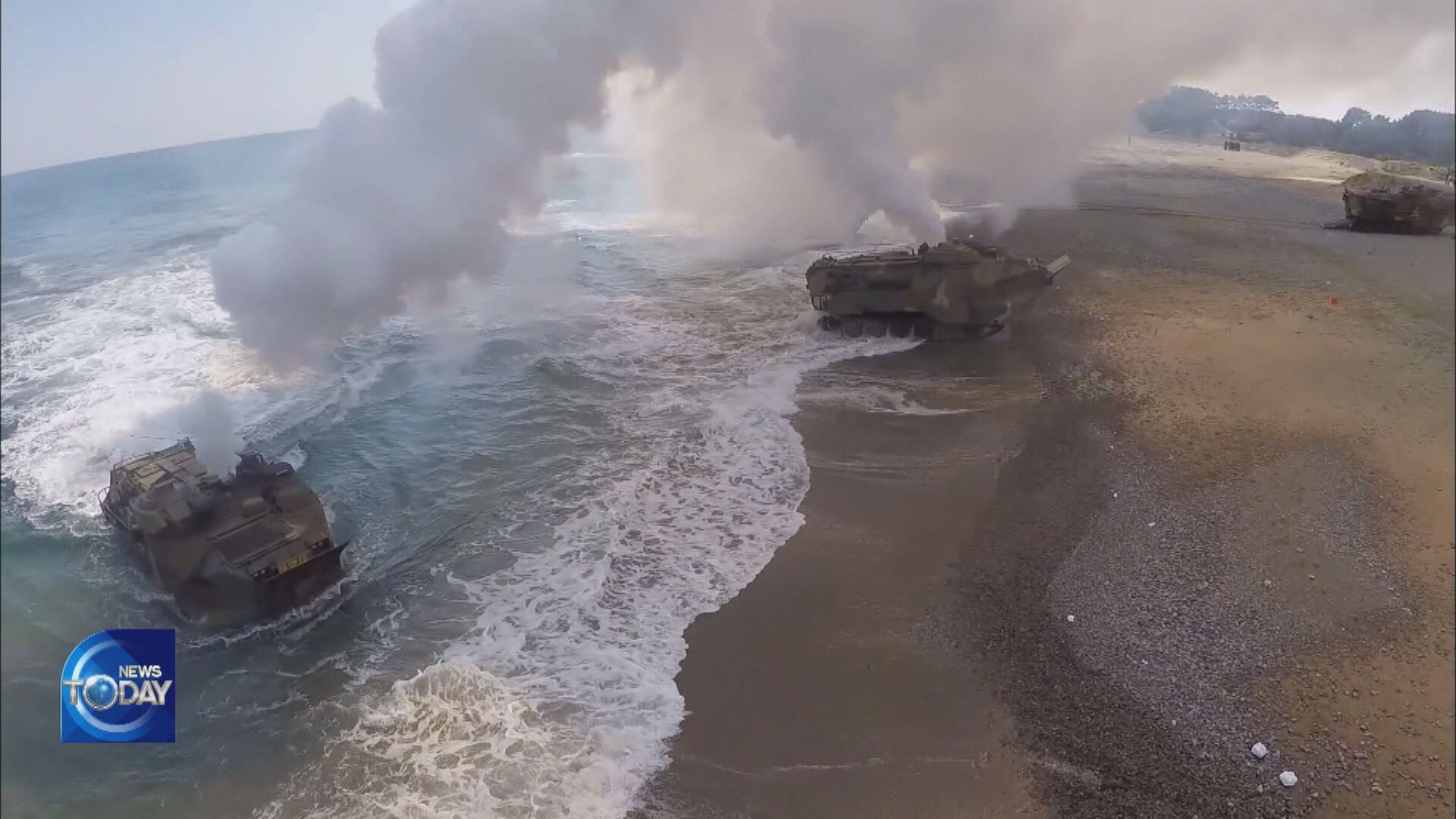
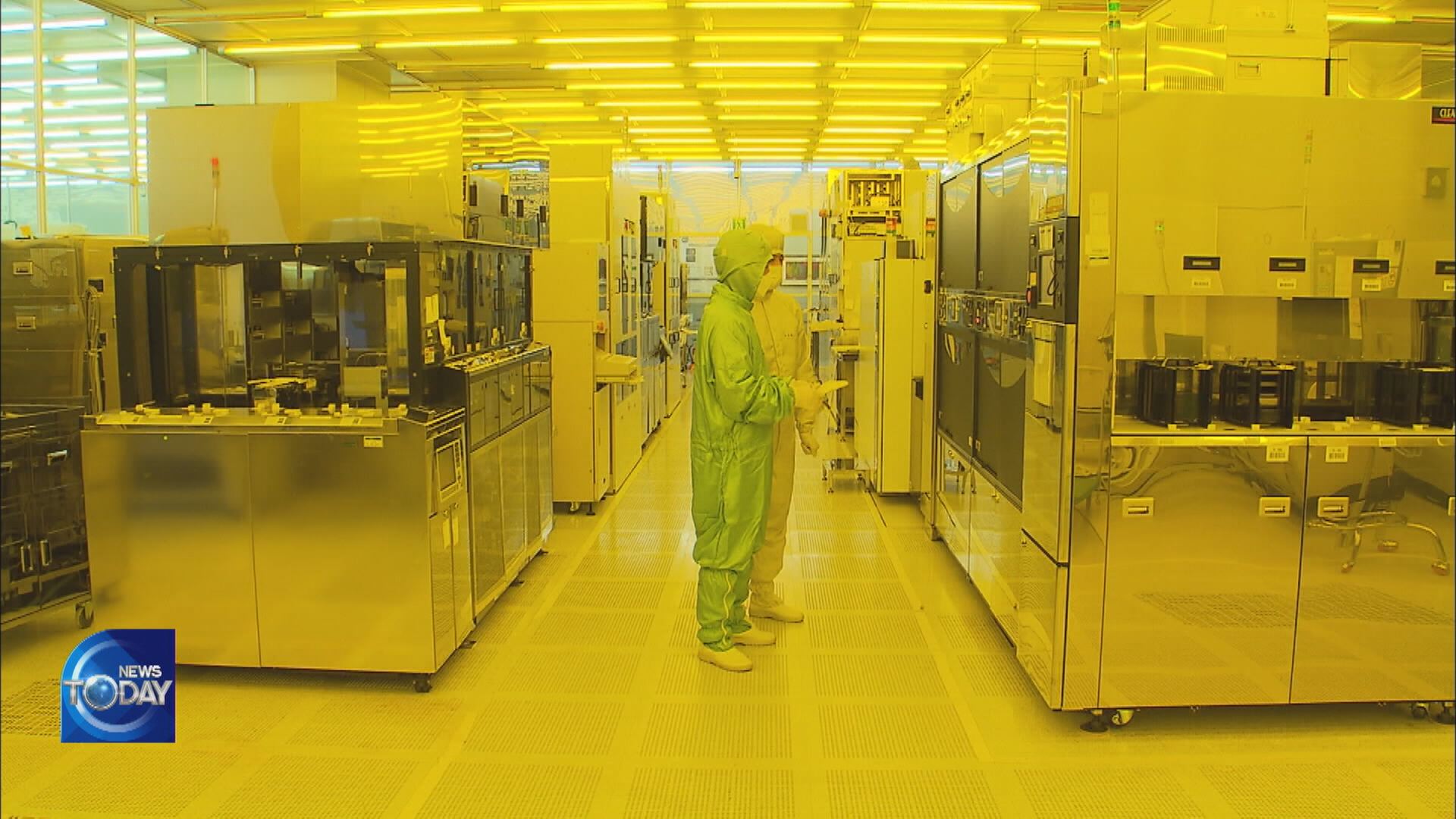
![[단독] 김민석 총리, 취임 첫 일정으로 ‘송미령 반대’ <br>농민단체 농성장 방문](/data/news/2025/07/03/20250703_YUTdgQ.png)
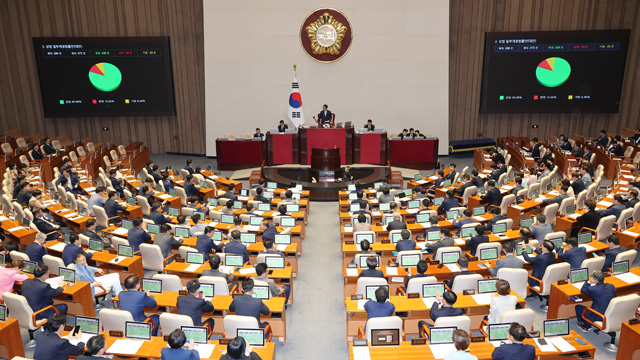
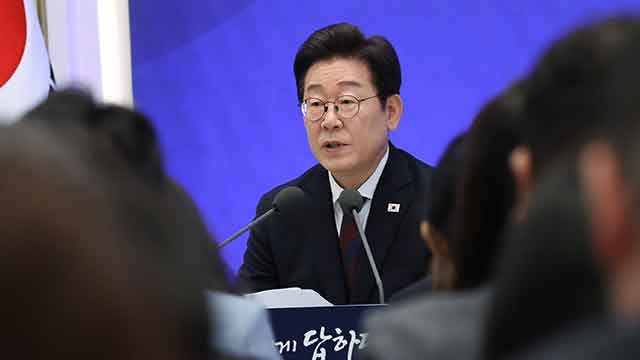
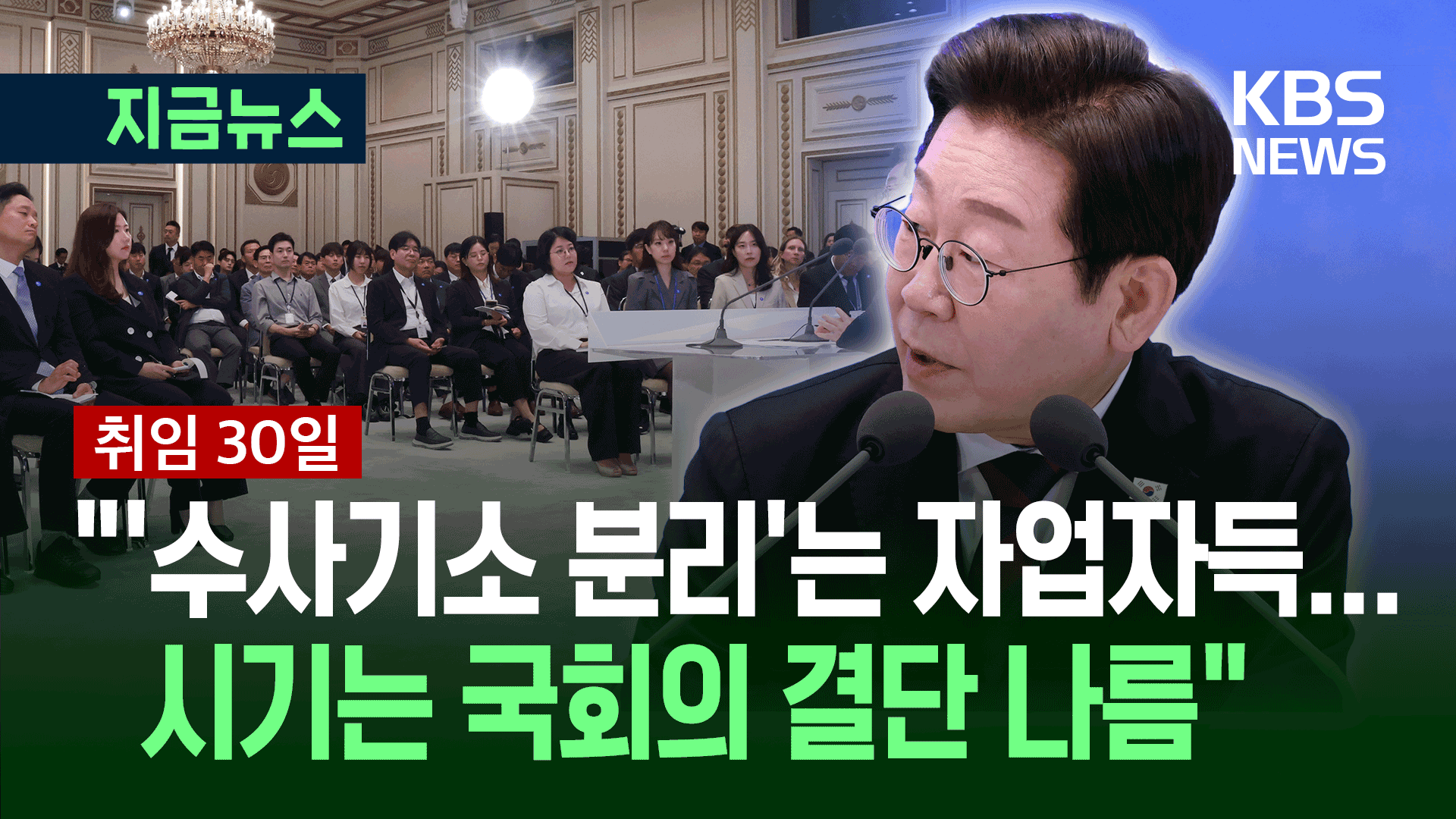

이 기사에 대한 의견을 남겨주세요.